War of the flea: A 6-month report on US-led Op. Prosperity Guardian against Yemen
By Shivan Mahendrarajah
On December 18, 2023, US Secretary of Defense Lloyd Austin, amid tremendous fanfare, announced the formation of a multi-national coalition under the rubric “Operation Prosperity Guardian” (OPG) to “defend” Israel’s Red Sea shipping lines from the Yemeni military.
Let’s provide a six-month “situation report” (SITREP) on how this much-hyped military project unfolded and how the US-led naval and air coalition failed.
The situation report comes amid the prospect of OPG ending on a humiliating note, that is, with the sinking of US Navy vessels.
How it all started
Following the October 7, 2023 operation by the Palestinian resistance, US President Joe Biden ordered the USS Ford and USS Eisenhower carrier battle groups (CBG) into the Mediterranean.
“IKE CBG” subsequently traversed the Suez and Red Sea, transited the Straits of Hormuz on November 26, 2023, and settled on the Arabian Peninsula side of the Persian Gulf.
Yemeni military heralded the start of the country’s blockade of Eilat Port by firing its first shots on October 19 2023 at Israeli commercial vessels.
However, on November 29, three days after IKE CBG entered the Persian Gulf, the Yemeni military climbed one rung up the “escalation ladder” by expanding its targets to any ship traveling to or from Eilat.
Three weeks later, with Israel’s Red Sea economic lifeline in jeopardy, the Pentagon announced the formation of a multi-national coalition to “defend” Israel’s maritime lifeline.
IKE CBG departed the Persian Gulf and assumed a station in the Red Sea/Gulf of Aden region.
Deploying IKE CBG to the Persian Gulf demonstrated two closely related facets of American policy: arrogance and ignorance.
Arrogance because the US military and political establishment still believe they are living in the age where “gunboat diplomacy”—“the use of military threats by a strong country against a weaker country in order to make that country obey it” will work with Iran.
Ignorance about Iran’s ability to destroy a CBG sitting at distances ranging from 55 km to 340km from Iran’s impressive array of ballistic missiles, cruise missiles, and drones.
If war with Iran had ensued, the Islamic Revolution Guards Corps (IRGC) could have destroyed the CBG. The cliché, “shooting fish in a barrel,” is apropos. However, IRGC chose another tactic.
Panic ensued in Tel Aviv when Eilat was virtually shut to maritime traffic from November 29. Israeli panic was transmitted to Washington, which concocted Operation Prosperity Guardian to protect Israel’s economy.
This was a clever strategy by IRGC and the Yemeni military that reflects IRGC’s “reflexive control” over US military and political actions. “Reflexive control” is when you predict an enemy’s reactions to your actions and take actions that trick your enemy into doing just what you want.
As a former US Army officer explained: “If every military action you take gets a symmetrical reaction, then you can control the nature, venue, and tempo of the conflict to your benefit.”
This is what Tehran did. IKE CBG rushed to the Red Sea/Gulf of Aden. IRGC and the Yemeni military direct the “nature, venue, and tempo.”
Venue shifted 2,000 km from Iran’s coastline to Yemen’s coastline. The Axis of Resistance possesses the exclusive power to calibrate both “nature” (types of weapons and targets) and “tempo” (intensity and frequency).
War of the Flea
Members of the OPG coalition are fighting a “War of the Flea in the Red Sea.”
In Robert Taber’s classic study of guerilla warfare, he articulated precepts that apply to OPG. Avoid the enemy’s strength; attack the enemy’s weaknesses.
This is what Yemenis are doing with calibrated drone and missile strikes against OPG’s destroyers and aircraft carriers. The Yemeni military has popular support, not just in Yemen, but across the world.
Their support has skyrocketed because of the blockade on Israel. As with land-based guerillas, popular support motivates Yemenis to continue fighting to save Palestinian lives.
Yemeni military’s attacks are mentally and militarily exhausting the enemy, which marks another aspect of the “war of the flea.”
The US-led coalition, like a flea-bitten dog, lashes out and tries to bite its fleas. It becomes too weakened—in military terms, overextended; in political terms, too unpopular; in economic terms, too expensive—to defend itself.
OPG cannot survive a thousand “flea bites”. It will die—when it flees the Red Sea. The Yemeni military has meticulously regulated its strikes and maintained a low tempo of action, but recently increased the nature and tempo of attacks.
It has rungs left to ascend on the escalatory ladder: advanced weapons that can sink a destroyer or aircraft carrier.
The US Navy admits that it faces the most “intense combat” since World War Two: “We’re sort of on the verge of the Houthis being able to mount the kinds of attacks that the US can’t stop every time, and then we will start to see substantial damage.”
An incident on May 31 involving the Eisenhower indicates that it experienced a new type of weapon; it fled about 1,100 km from Yemen's coast and sulked off the coast of Jeddah for several days.
This suggests that the Yemeni military is getting closer to hitting the carrier. Eisenhower was returning south—probably because of the jeering Ike’s captain and Navy received in social media—when it suffered another attack, turned tail and fled. It just transited the Suez Canal and is in the Mediterranean.
Sustainability in warfare is critical. OPG’s ships do not have unlimited supplies of surface-to-air missiles (SAM), and SAM launchers (“Vertical Launch Systems”) cannot be reloaded at sea.
VLS cells must be replenished at a port that has dedicated facilities and technicians.
In other words, if a US Navy ship comes under a sustained attack by the Yemeni military, it may run out of missiles and be vulnerable except for its Phalanx CIWS. In February, USS Gravely had to use CIWS to stop a missile one nautical mile from the ship. Why did its SAMs not stop the missile sooner?
Cost is another critical factor. The US Navy has spent about $1 billion for recent operations in the West Asia. American stocks of SAM and other ordnance are in low supply; replenishments are not rolling off production lines.
An illustration of this problem is Ukraine, which is running out of, inter alia, 155 mm shells, Storm Shadow missiles, ATACMs, and Patriot interceptors.
A greater cost, however, is the damage to American society and the families of sailors deployed to protect Israel’s economic lifelines.
Young American men and women join the US Armed Forces to serve the US—not Israel. Eisenhower is on extended deployment; shipboard morale is suffering.
The military has invested in mental health professionals on the ship, including a psychologist, several doctors, several chaplains and other enlisted behavioral health technicians, as someone said.
Families are suffering too: children growing up without parents, spouses raising children alone and tackling daily difficulties of life by themselves.
They are making sacrifices for Israel. The terrible social costs of the Iraq War—another war for Israel—signal the problems ahead: broken homes, alcoholism, poverty, homelessness, PTSD, and suicide.
Arrogance and ignorance
Arrogance and ignorance shaped OPG. The Pentagon had no real intelligence on the Yemeni military’s military capabilities or locations of missile and drone launchers, nor strategy to address the “potshots” that the Yemeni military was taking against specific ships.
Perhaps Washington assumed that the presence of a US-led naval coalition would frighten sandal-clad Yemeni “savages”? When fear failed, the US and UK resorted to conducting about 450 indiscriminate terror bombings in Yemen that did not dissuade the Yemeni military, but instead, infuriated Yemeni civilians.
Yemen added US and UK-owned/flagged ships to their blockade; trotted out advanced weapons; and increased the tempo of strikes. Recently, the Yemeni military took another step up the ladder by sinking ships instead of merely disabling them.
Meanwhile, commercial vessels signaling “no contact with Israel” or owned/flagged by anti-genocide countries like Russia and China, safely pass through the “Gate of Tears.”
The US Navy encouraged blockade runners to turn off AIS transponders; those ships were struck (e.g., M/V Verbena and M/V Tutor). The costs imposed on maritime shipping are the fault of pro-genocide nations. If the genocide is halted, the blockade ends. This is not complicated.
Operation Prosperity Guardian exposes failures in American intellect and imagination. It was formed with the premise that ships developed for the Cold War era have relevance to warfare of today. Navy weapons systems (e.g., AEGIS) have roots in World War II experiences.
The US Navy prepared for sea battles like Leyte Gulf (1944), not battles in the Red Sea. Failure of intellect and imagination is not limited to the Navy, but the Pentagon.
Land warfare doctrines were devised in the 1960s to counter the threat of Soviet tanks hurtling through the Fulda Gap. Cold War weapons systems, like the vaunted Abrams, Leopard, and Challenger tanks, have failed miserably in Ukraine against superior Russian electronic warfare, drones, and ballistic and hypersonic missiles.
Warfare has been democratized: states with limited economic resources can acquire sophisticated but cost-effective weapons—electronic warfare, drones, missiles—that neutralize expensive legacy systems.
Failure of OPG is evident at the six-month point. IKE CBG has fled the Red Sea. If the Yemeni military sinks an American carrier, it will make history by ending the age of the aircraft carrier.
Dr. Shivan Mahendrarajah is a Fellow of the Royal Historical Society. He was educated at Columbia University and earned his doctorate in Middle Eastern and Islamic History at the University of Cambridge. He is the author of peer-reviewed history articles on Islam, Iran, and Afghanistan.
(The views expressed in this article do not necessarily reflect those of Press TV)
Spain jurists demand ties with Israel ties be cut
VIDEO | Press TV's news headlines
VIDEO | Iran honors top Science Olympiad medalists
VIDEO | Austrians arrested at Gaza protest in Vienna
10 killed in bus crash in western Iran
VIDEO | One-man-band journalism with Civili
5 Israeli forces killed as Palestinian fighters face up to regime’s war machine
VIDEO | An insider's view of the country: Persian Tahini, Royan in Mazandaran


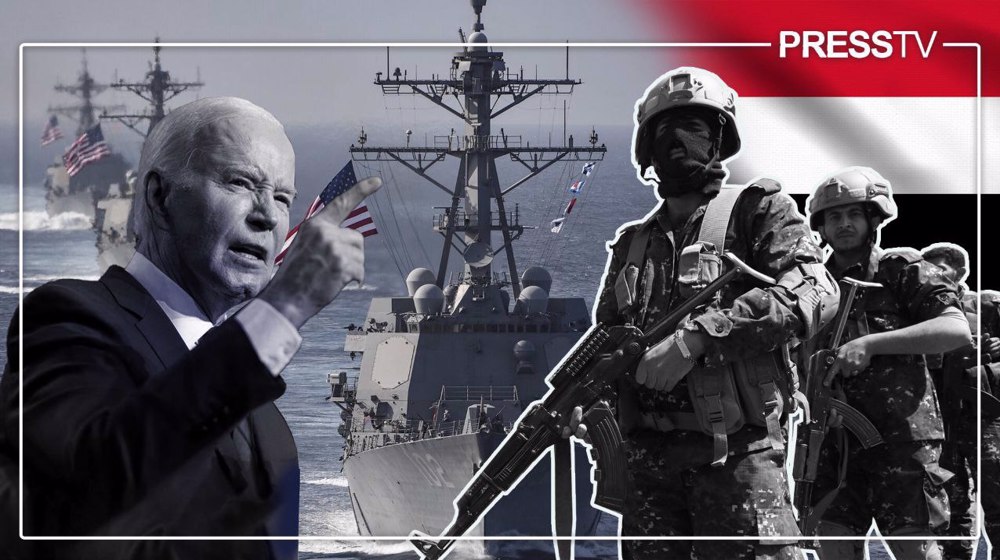

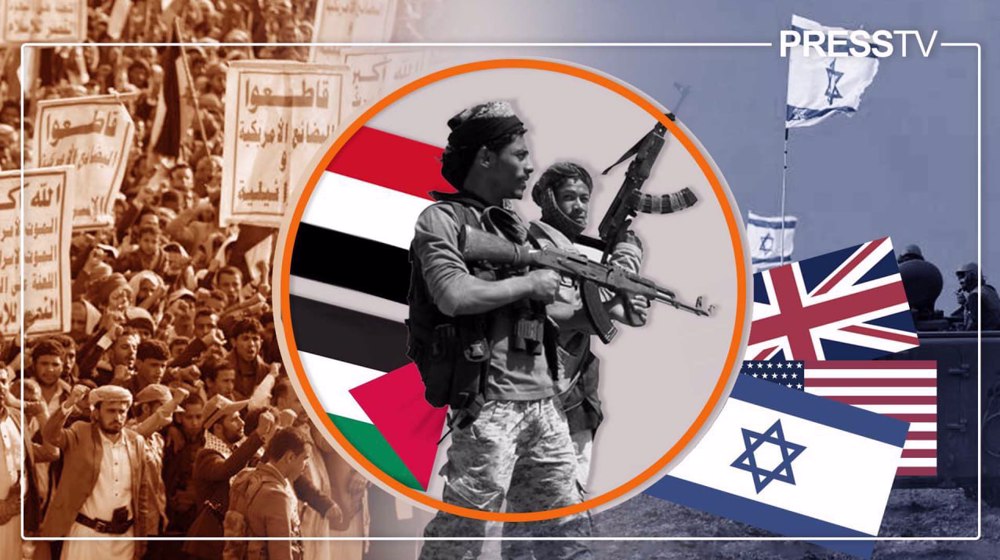
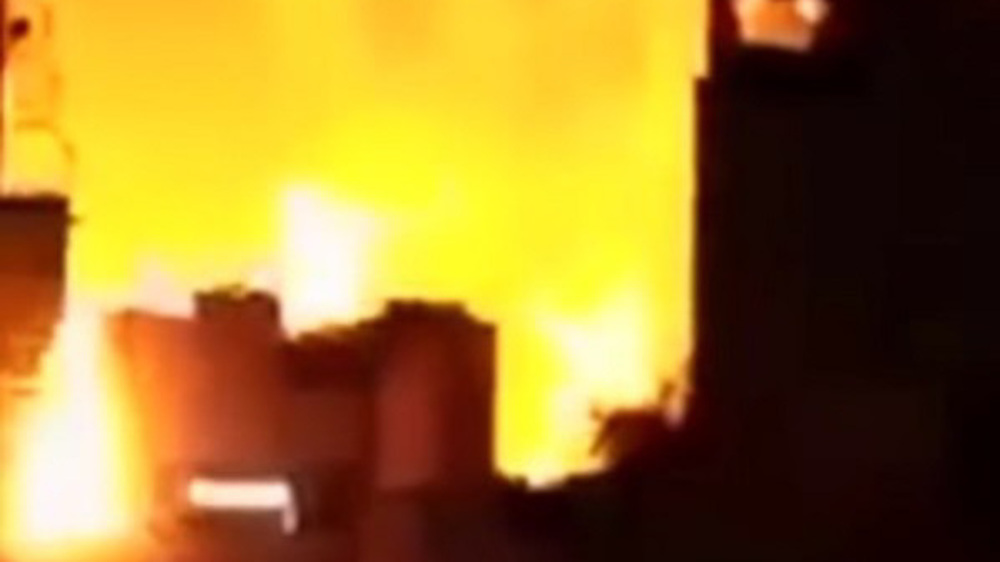
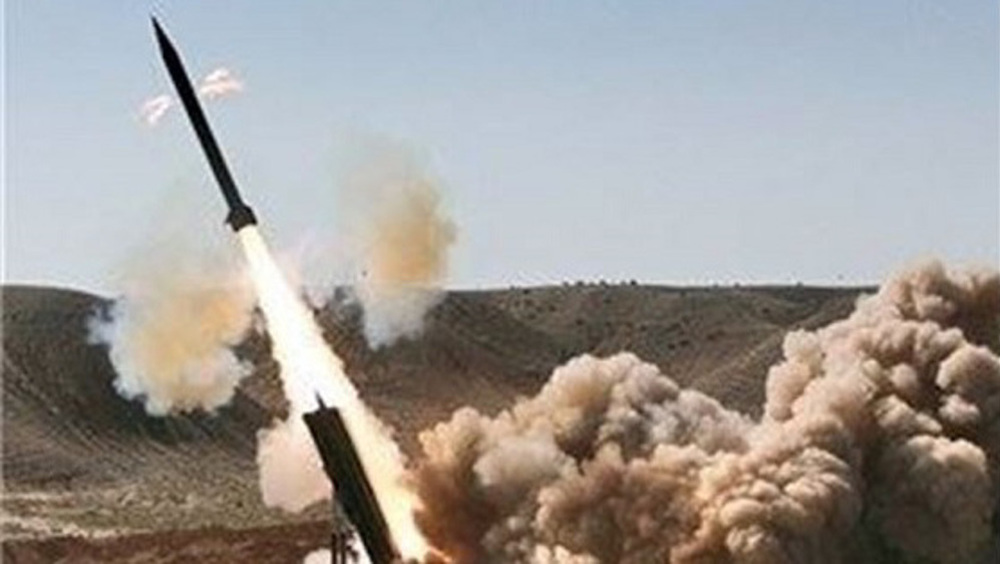
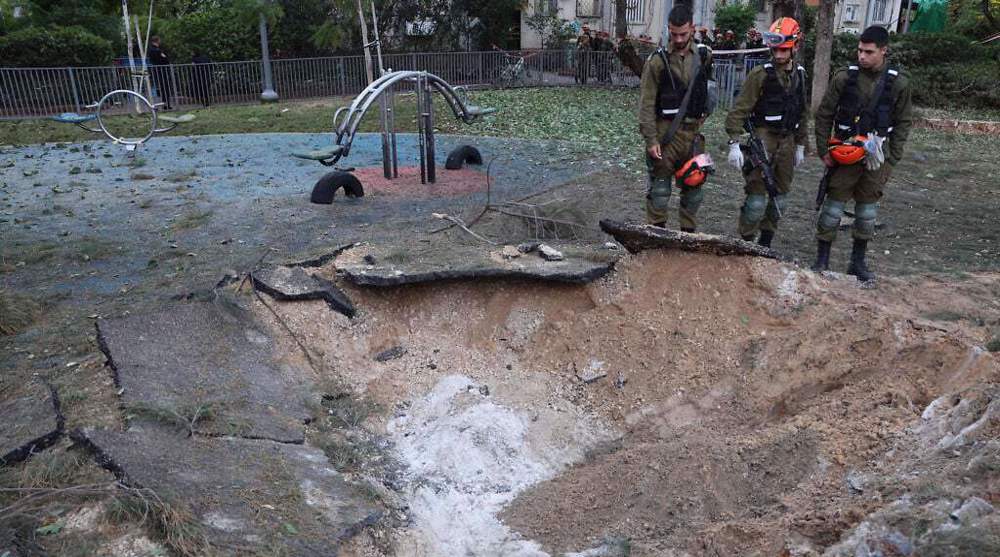




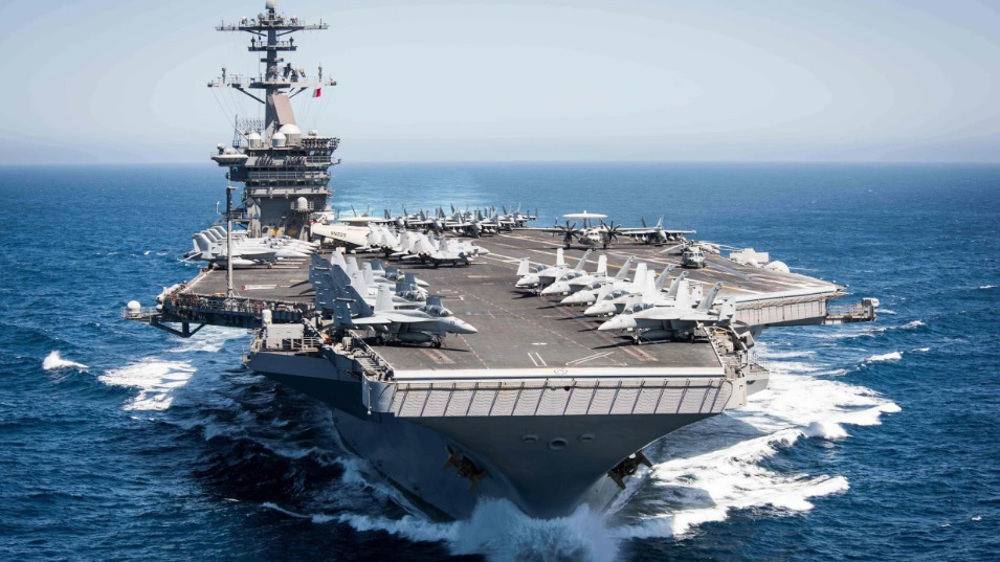
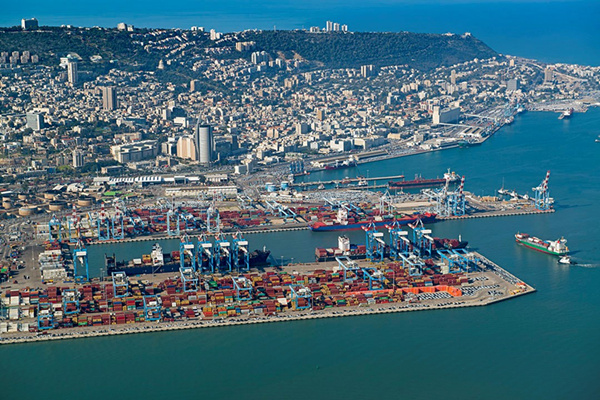



 This makes it easy to access the Press TV website
This makes it easy to access the Press TV website